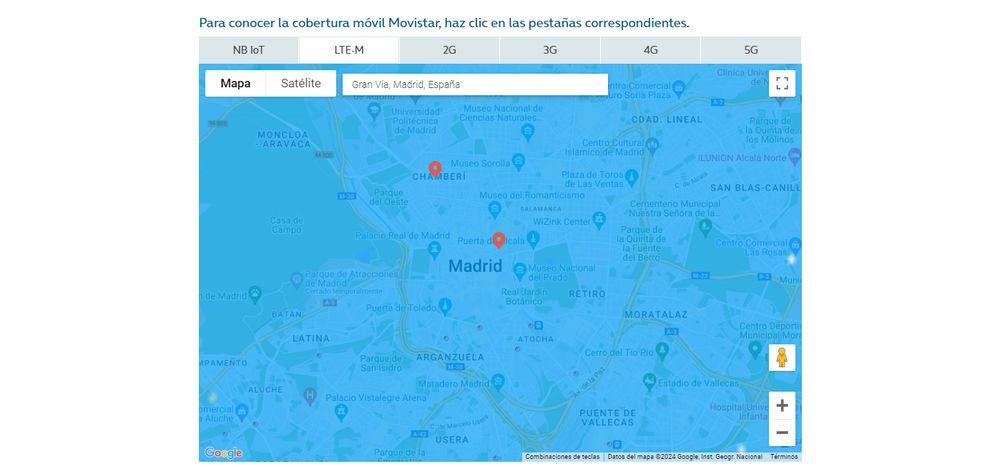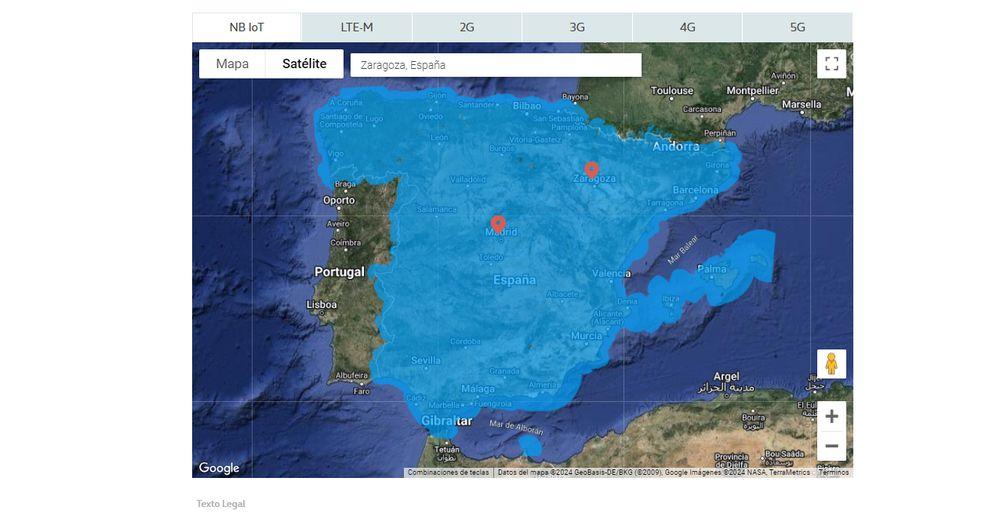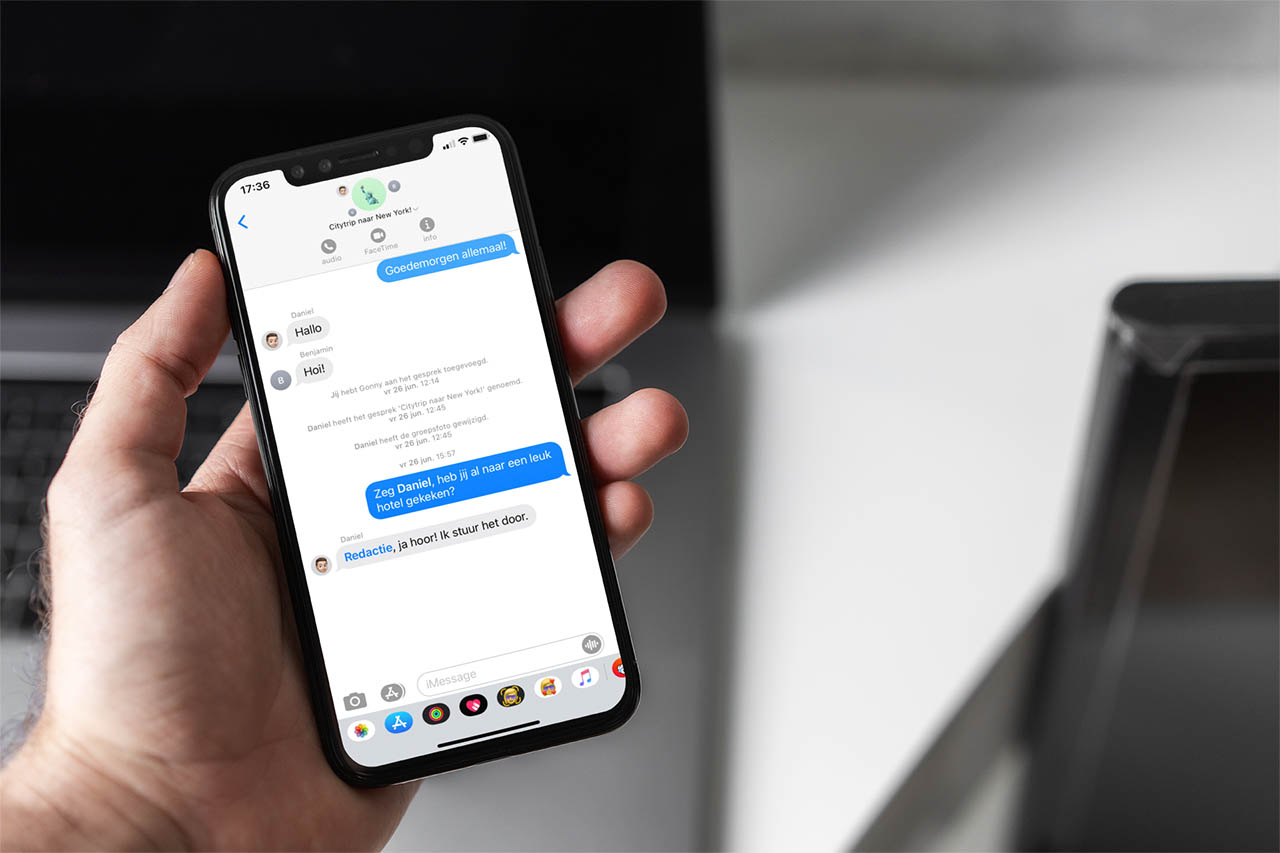Movistar is already preparing for the future and, anticipating the end of the 2G network, it updates its mobile coverage to accommodate two new options. This is an important step forward that, above all, demonstrates the way in which the operator is firmly preparing for the changes that will come in the coming years.
Movistar’s 2G network is scheduled to be turned off in 2027. By that time, the operator must be certain that it can continue to maintain the connections between machines that are made in the IoT (Internet of Things) environment. Until now it is something that depends on 2G, so the operator has carried out the implementation of these two new coverages that will take care of it in the future.
NB IoT and LTE-M enter the scene
In this way, in addition to 2G, 3G, 4G and 5G coverage, Movistar adds NB IoT and LTE-M coverage to its selection of proposals, which you can already consult on the coverage map that Movistar has available on the network. This map was previously updated to support 5G network expansion information and is now receiving an update again adding these two types of networks.

It must be taken into account that both LTE-M and NB IoT are networks that are used exclusively by the machine environment. They are vital so that, when the time comes to abandon GPRS connections, these types of devices can remain connected. They are not connections that are usually contracted at the user level except in specific cases, but rather they have more presence in the commercial or industrial sector. Thus, many of the machines that you are used to seeing in shops or companies use this type of connection to function, such as dataphones to pay with a credit card.
How to see the coverage?
The only thing you have to do is enter the Movistar mobile coverage map that is available in this page. Once inside, you will notice that two additional tabs now appear compared to those that were present before, these being those corresponding to NB IoT and LTE-M. Once you have accessed the website, click on one of the tabs, for example NB IoT, to see that the volume of coverage that is available is really wide. In reality, it is not surprising, given that among the two types of network, it is the one that is most present thanks to Movistar.

If you change and click on LTE-M, you will be able to see that the coverage available to the operator is lower, being located in more prominent points in the main cities. In any case, it is very interesting to be able to see it. And, if you have questions about a real address, just enter it in the search box and you will know if support is being provided in that specific area.
Networks with a great future
Both NB IoT and LTE-M are types of networks that have a crucial importance in the daily lives of citizens and companies, even though we do not notice it. It is important to say that, as in other cases, Movistar is ahead of its rivals because it offers both types of connection, which makes it easier for its clients to contract its services. In comparison, Vodafone and Orange divide the work, and while the former covers NB-IoT networks, the orange operator does the same with LTE-M.
Each of these networks has a different purpose. In the case of LTE-M networks, these are connections that provide a high level of speed thanks to a capacity of up to 1 Mbps. They are designed for equipment with specific speed requirements that are far above what can be provided. NB-IoT coverage. In contrast to this, the NB-IoT network is much slower, with speeds of 150 Kbps.

However, although it may seem like it has very low capacity, it is what the devices connected to it need. They are, in general, terminals that, at the same time, stand out for the large battery capacity they offer. This makes the connection ideal in the case of elements that have to be on permanently for long periods of time, but transmitting very low amounts of data.
Both networks are marketed in Spain through Telefónica Tech, from where they are preparing for the great importance they will obtain in the coming years. After all, the estimate of the IoT mobile connection points very high and it is believed that, in the near future, active lines will increase really significantly. For its operation, SIM cards with a low monthly value are also used because they are designed to be purchased in large volume.















